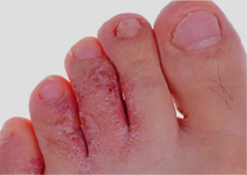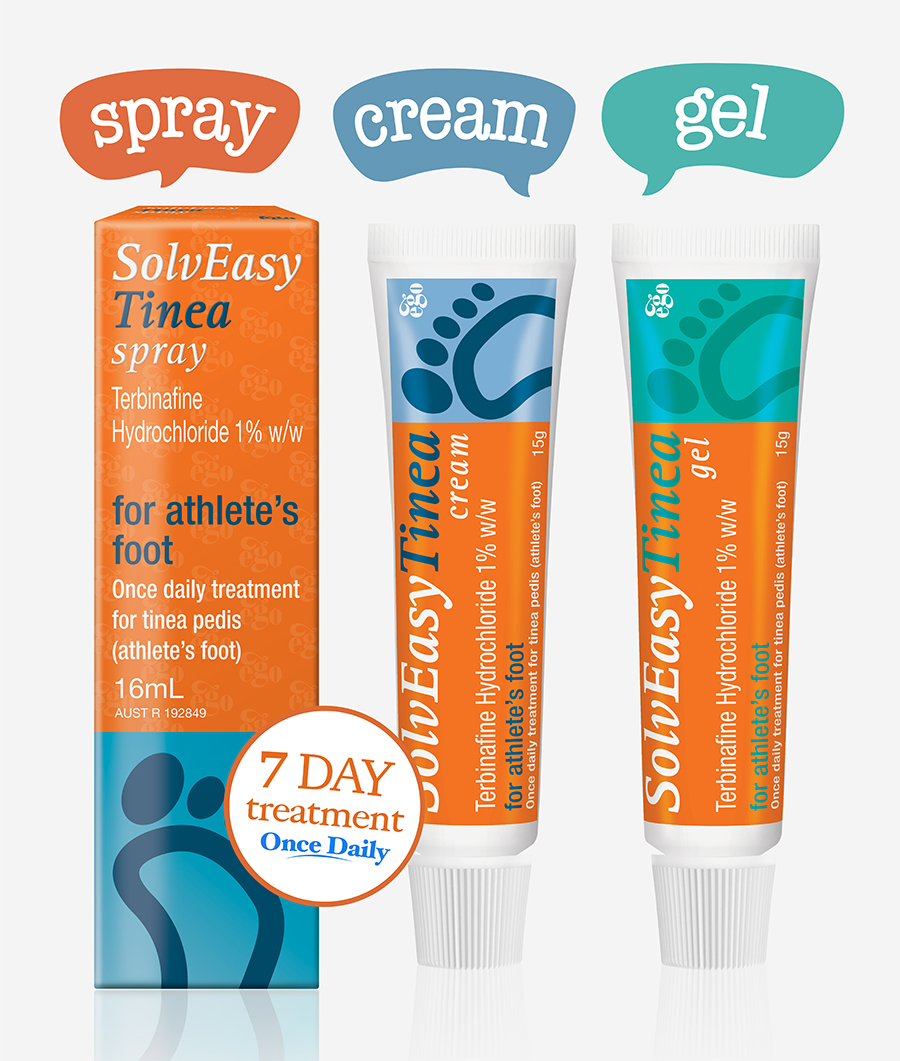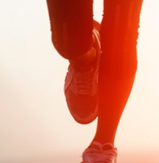Tips & Prevention
Tips to treat and help prevent Athlete’s Foot
If you’ve ever had Athlete’s Foot, you’ll know how irritating it can be. But there are effective ways to treat it and reduce the chances of it coming back.
Keeping your feet as healthy as possible is the first step to both managing and avoiding Athlete’s Foot. You can also use a proven treatment like SolvEasy once your health professional has confirmed that your symptoms are a result of Athlete’s Foot.
Things you should do to look after your feet
Follow these simple tips to help keep your feet healthy so you can manage Athlete’s Foot if you currently have it, and help prevent it if you don’t.

















